
Restore, Reuse, Repurpose
Through every stage of our design and construction process we carefully considered how to embrace elements of the original buildings' design in creating our new Center. Learn more about the various approaches we used to keep the building's past present in our work.
Preservation
Preservation is the maintenance and repair of a history building’s form and materials, which is favored over replacement or new construction. Through preservation, the materials and features which already exist within a structure retain aspects of its form over time.
A significant piece of our preservation plan was bringing the laylight of the Riggs Bank building back to life. The 190 stained-glass panes were carefully removed, restored, and placed back into their original places, once again letting natural light fill the grand space below.
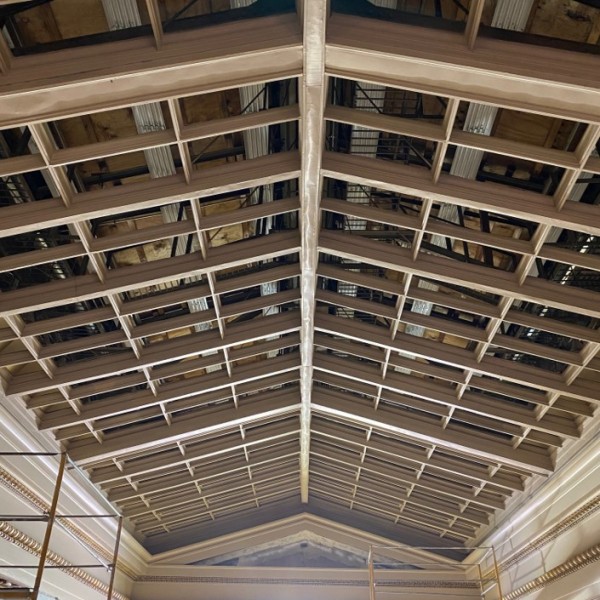

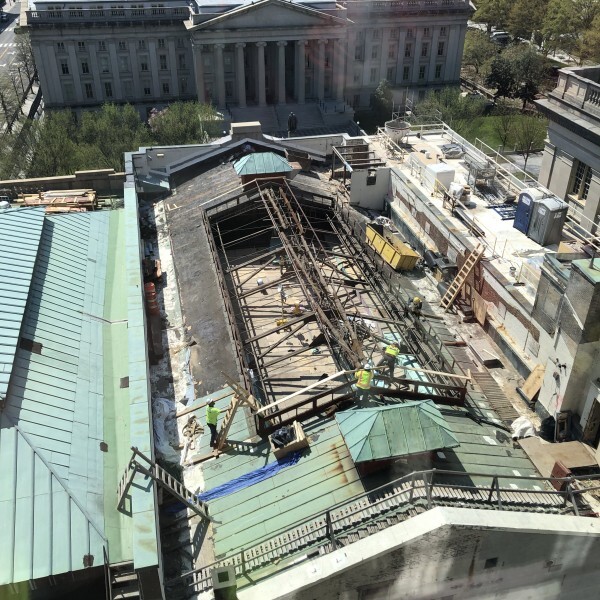
Saving bank history is also important, and what better place to save than a vault? Riggs Bank enormous bank vault and its escape hatch were conserved to showcase this amazing piece of bank technology. Visitors can see the original vault and its escape hatch in the Center’s lower level. We also conserved three other vaults in the Center’s campus, one of which can be found in the Hall of Generations.
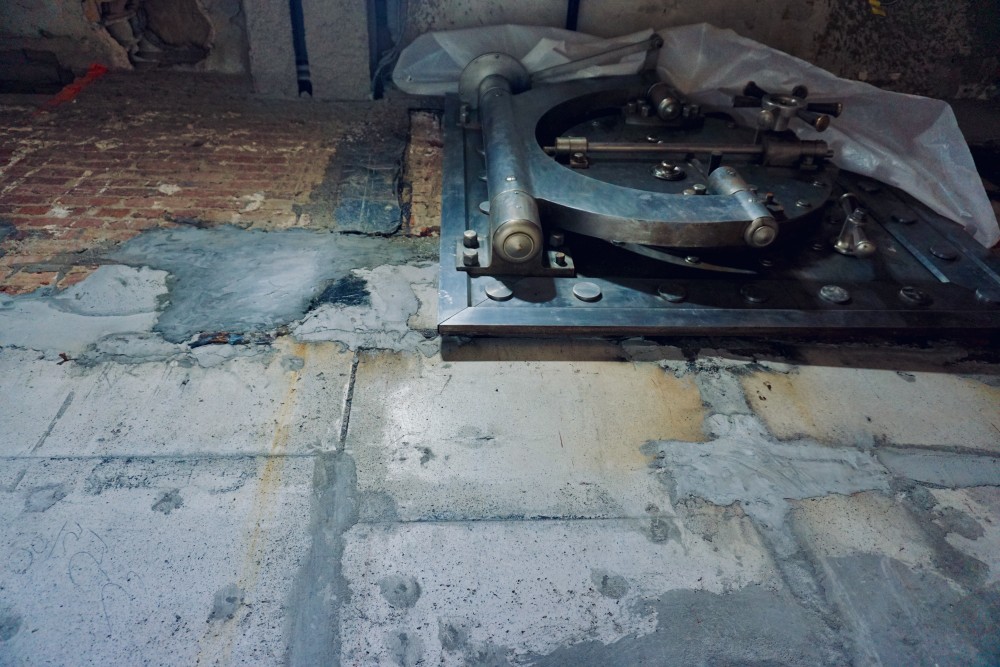
Rehabilitation
Rehabilitation occurs when a building or historical structure is altered to meet the changing needs and purpose of its owner. During the process, careful attention is paid to ensuring that some degree of the building’s historic character is maintained. Rehabilitating spaces is an excellent way to allow for a building to evolve over time while retaining its historical significance and preserving its life history.
The ornamental plaster ceiling is one of the best examples of how MCAAD rehabilitated this space to fit its new identity as a welcoming space for visitors. To create more usable space above, the original iron hanging supports in the ceiling in 1501 Pennsylvania Avenue needed to be replaced with a contemporary steel structure. The plaster ceiling was carefully removed, reinstalled, and restored to its original 1930s appearance.

Salvage and Adaptive Repurposing
Salvaging and repurposing original building materials is an eco-friendly way to retain elements of a building’s original structure and maintain features that are historically significant. Once these materials have been salvaged, they can be used to create new features within the structure.
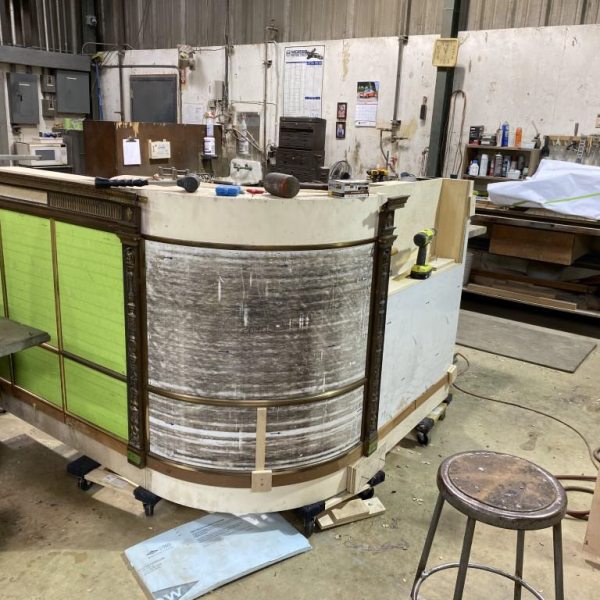
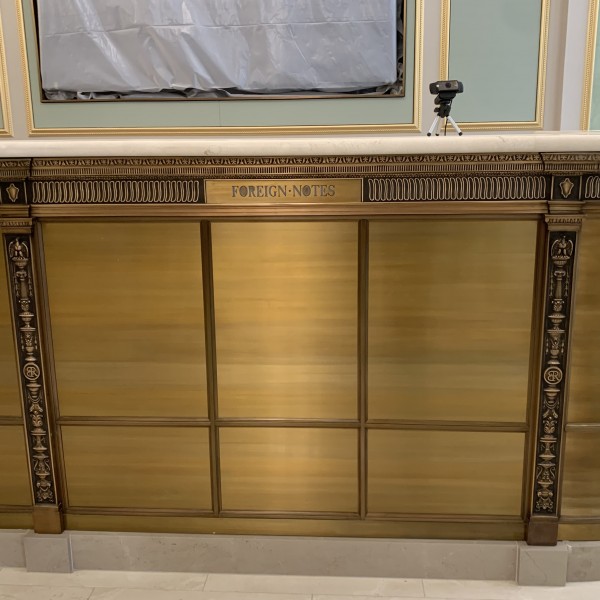
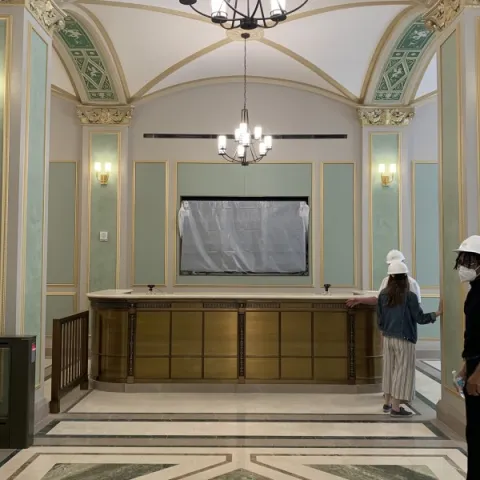
The reception desk in the main lobby of 730 15th Street was made using salvaged bronze elements from Riggs Bank teller stations. The project was handled by Robinson Iron, a firm that specializes in the historical restoration and preservation of historic cast iron, aluminum, and bronze.